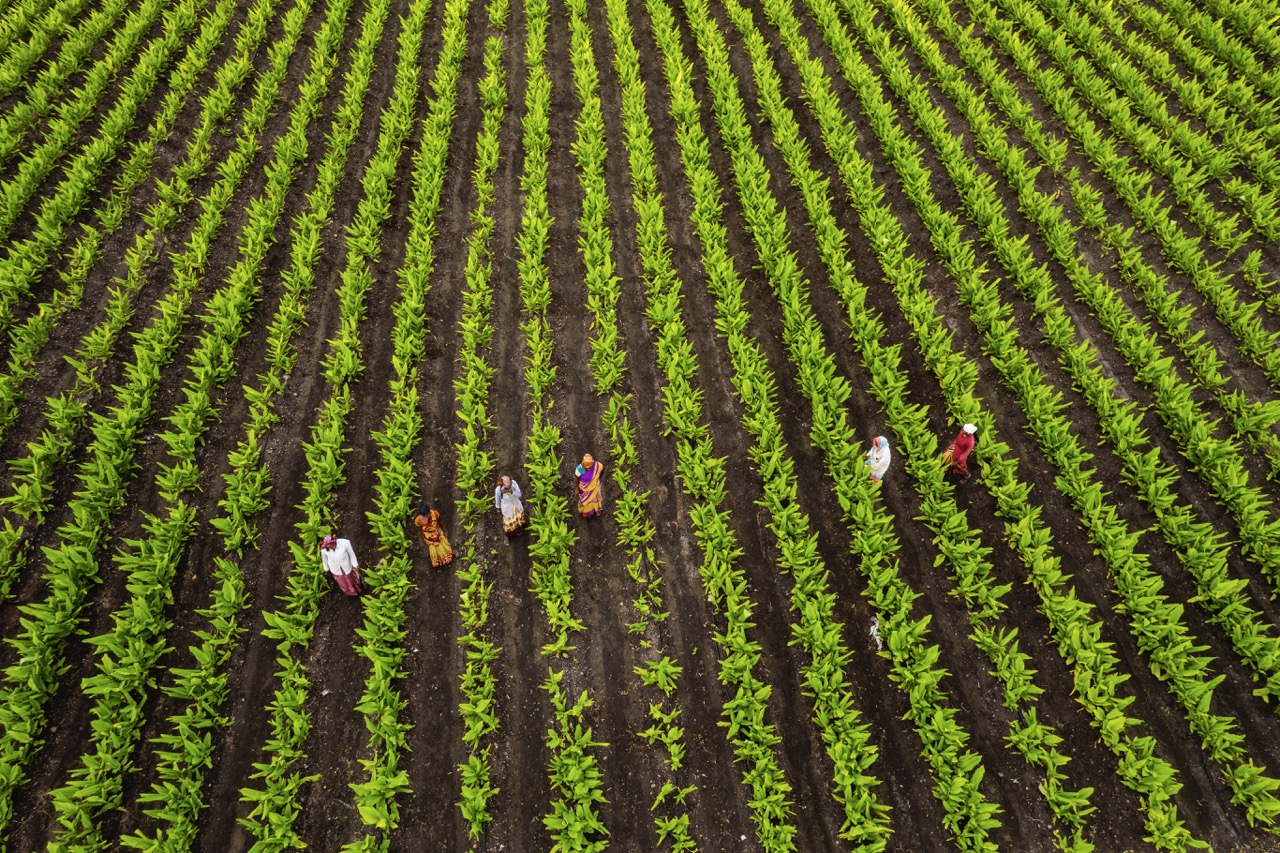Sharecropping, a practice deeply rooted in the agricultural history of the United States, has often been viewed through the lens of exploitation and inequality. However, with a renewed focus on sustainable practices and community empowerment, this age-old system is being reimagined as a potential catalyst for revitalizing rural economies. By examining the historical context, sustainable agricultural practices, and local job creation, we can better understand how sharecropping can serve as a viable framework for strengthening rural communities today.
The Historical Impact of Sharecropping on Rural Economies
Historically, sharecropping emerged in the post-Civil War South as a compromise between landowners and freed slaves who sought economic autonomy. While it initially provided opportunities for land access, sharecropping often led to cycles of debt and dependency, significantly impacting rural economies. Many sharecroppers found themselves trapped in exploitative contracts that benefited landowners disproportionately, stifling economic growth and limiting individual prosperity. The legacy of these practices continues to shape discussions about agricultural equity and economic opportunity in rural areas.
In the decades following its inception, sharecropping contributed to the agricultural economy by enabling a labor force to cultivate lands that otherwise would have remained fallow. Despite its flaws, this system allowed for the production of cotton and other crops essential to local economies. However, as time went on, mechanization and globalization transformed farming practices, leading to the decline of small-scale farms and sharecropping arrangements. This shift not only affected agricultural output but also resulted in the deterioration of rural communities once reliant on these labor systems.
Today, understanding the historical impact of sharecropping allows for a nuanced perspective on its potential revival. By learning from past mistakes, contemporary sharecropping arrangements can be redesigned to promote equity, sustainability, and community empowerment. This historical context is crucial in framing sharecropping as a means to foster economic resilience rather than as a relic of exploitation.
Revitalizing Communities Through Sustainable Agriculture Practices
Sustainable agriculture practices are central to modernizing sharecropping and ensuring its relevance in today’s economy. By focusing on environmental stewardship, diversity of crops, and soil health, sharecropping can contribute to the revitalization of rural communities. Practices such as organic farming, agroforestry, and permaculture not only enhance food security but also create a more resilient agricultural ecosystem. These sustainable approaches can lead to higher yields and better quality produce, making sharecropping an attractive option for both landowners and tenants.
Additionally, community-supported agriculture (CSA) initiatives can complement sharecropping by connecting local farmers with consumers. By establishing direct relationships with buyers, sharecroppers can receive fair compensation for their products, enabling them to invest in their farms and communities. This model encourages local consumption and reduces dependence on global supply chains, fostering economic stability in rural areas. The integration of sustainable practices into sharecropping can thus enhance food systems while empowering local communities.
Moreover, educational programs focused on sustainable farming techniques can help sharecroppers gain valuable skills and knowledge. Workshops and training sessions can empower farmers to implement environmentally friendly practices while also improving their economic viability. By investing in education and resources, communities can leverage sharecropping as a tool for sustainable development, creating a cycle of growth and renewal that supports both people and the planet.
Building Local Economies: Sharecropping’s Role in Job Creation
Sharecropping has the potential to stimulate job creation in rural communities, transforming the agricultural landscape into a hub of economic activity. By fostering collaborative arrangements between landowners and sharecroppers, local economies can benefit from increased agricultural output and diverse employment opportunities. This model encourages not only farming jobs but also roles in processing, distribution, and marketing, providing a comprehensive economic boost to the area.
Furthermore, the resurgence of small-scale and family-owned farms through sharecropping arrangements can lead to local entrepreneurship. As sharecroppers gain a foothold in the agricultural sector, they may also explore value-added products, such as jams, cheeses, or artisanal goods. By diversifying their offerings, these farmers can tap into local markets and contribute to the economy in multifaceted ways. This diversification supports job creation beyond traditional farming roles, invigorating the entire community.
Additionally, when sharecroppers and landowners collaborate to improve local infrastructure—such as roads, storage facilities, and marketplaces—they create an environment conducive to economic growth. This cooperative spirit not only enhances agricultural productivity but also attracts new businesses and investments to rural areas. In this way, sharecropping becomes an instrumental part of a broader strategy to build resilient local economies that can withstand economic fluctuations.
Navigating Challenges: Ensuring Fairness and Equity in Sharecropping
While the revitalization of sharecropping presents promising opportunities, it does not come without challenges. Ensuring fairness and equity in sharecropping arrangements is crucial for their success. Establishing transparent contracts that outline the rights and responsibilities of both landowners and sharecroppers can help mitigate the risks of exploitation. Legal frameworks and support systems must be in place to protect the interests of all parties involved, fostering an environment where equity is prioritized.
Additionally, community organizations and cooperatives play a vital role in advocating for sharecroppers’ rights. By providing resources, legal assistance, and education, these groups can empower sharecroppers to negotiate fair terms and navigate the complexities of modern agriculture. Elevating the voices of those directly involved in sharecropping arrangements ensures that their needs and concerns are addressed, promoting a system that works for everyone.
Finally, it is essential to establish metrics for evaluating the success and fairness of sharecropping arrangements. By measuring economic outcomes, social equity, and environmental impact, stakeholders can identify best practices and areas for improvement. Continuous dialogue between landowners, sharecroppers, and community organizations will be necessary to adapt and evolve this model, ensuring that sharecropping contributes positively to rural revitalization.
As we look towards the future, sharecropping can emerge as a dynamic force for revitalizing rural communities. By learning from its historical context, embracing sustainable practices, and promoting local economic growth, sharecropping can foster resilience in the face of modern challenges. However, it requires a collective commitment to fairness and equity to transform this agricultural system into a sustainable model that uplifts communities and promotes long-term prosperity. The opportunity is ripe for reimagining sharecropping, allowing rural communities to thrive in the 21st century.









